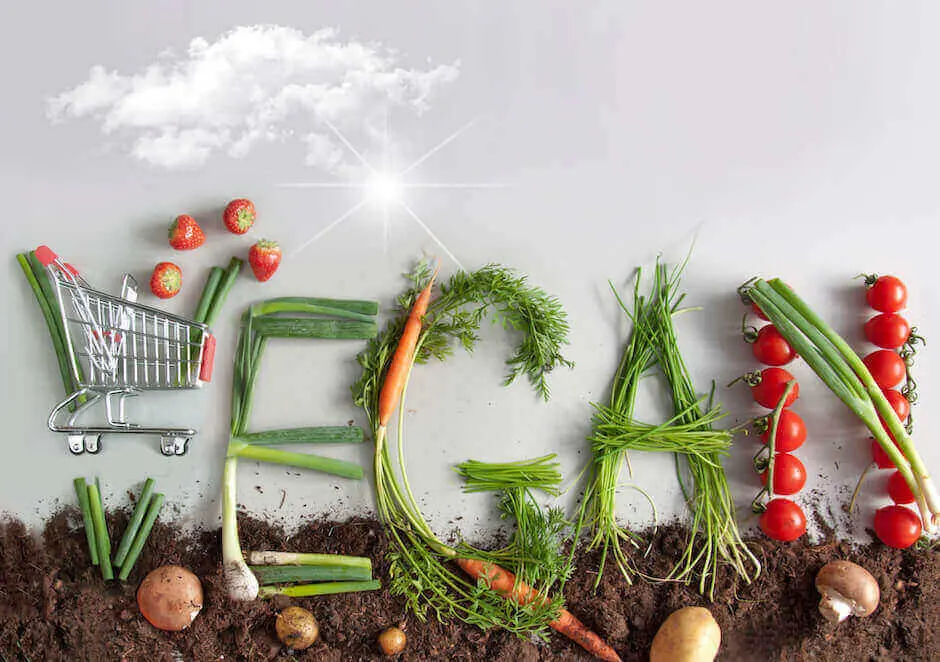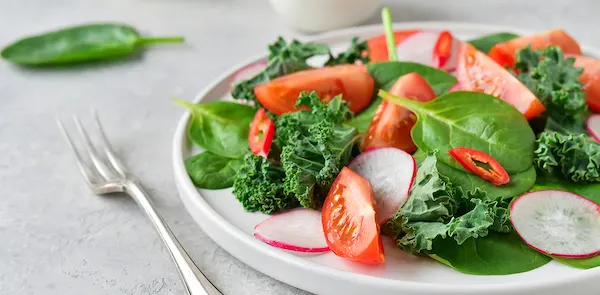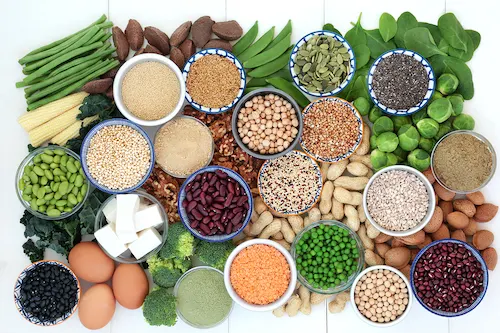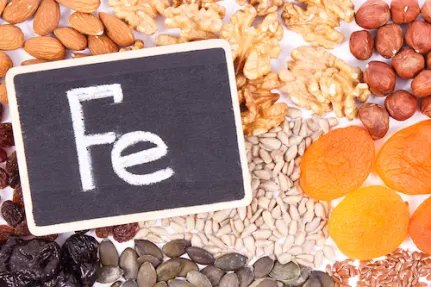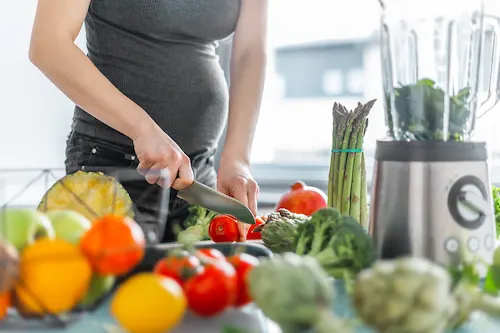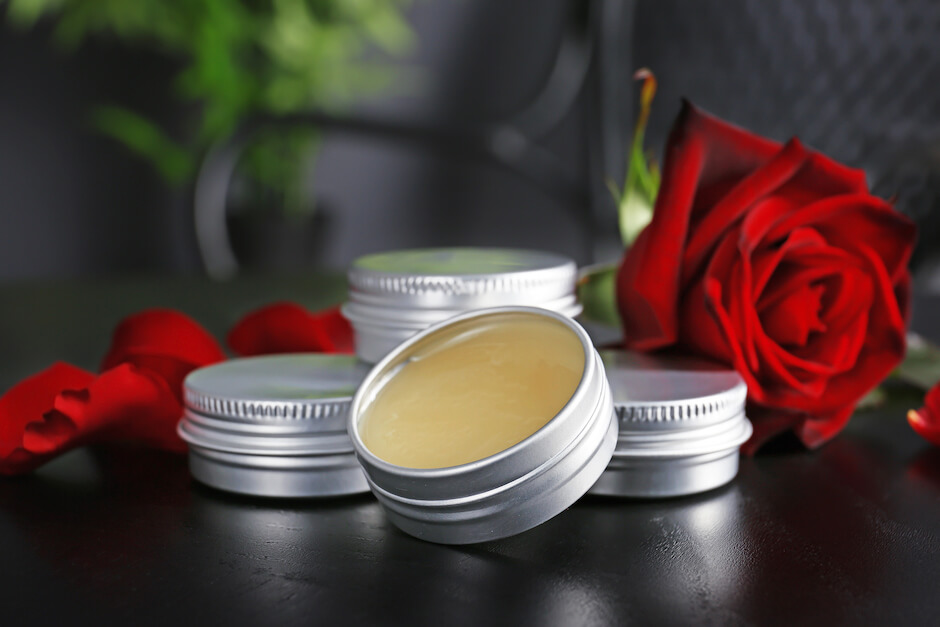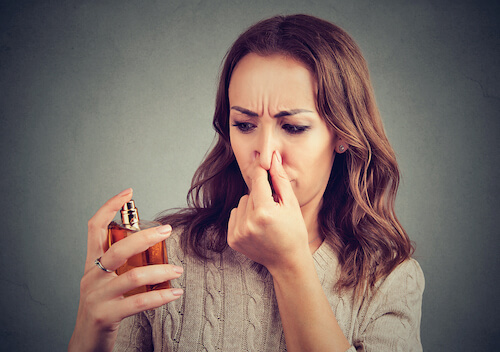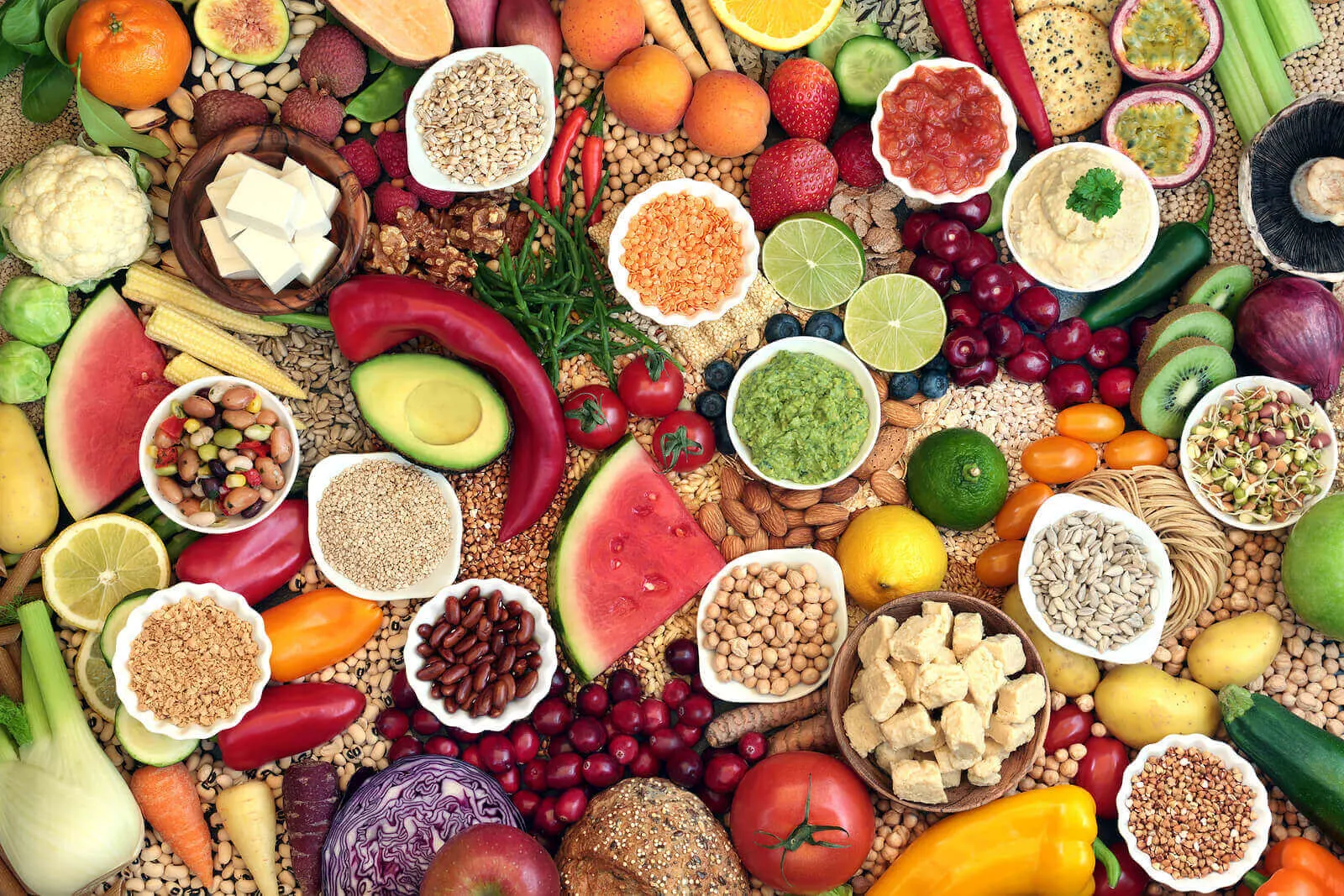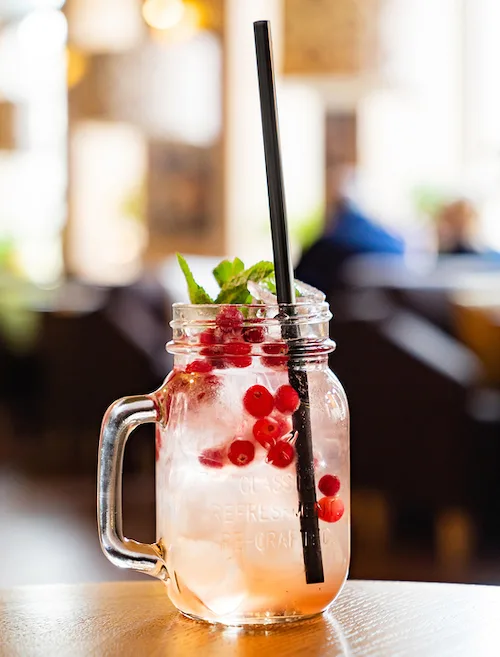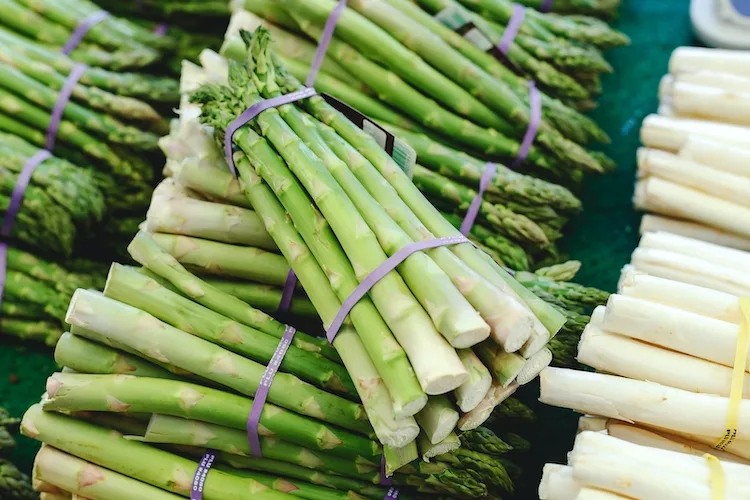In this age of ever-increasing environmentalism and awareness of toxic chemicals in our everyday personal care products, menstrual cups are becoming more and more popular. Thanks to social media, candid talk about periods and feminine health is no longer taboo. Women all over regularly share their experiences with a variety of products. So if you’re a tad late to the party and want to know all the ins and outs of using a menstrual cup, you’ve come to the right place.
While you may have only recently heard about menstrual cups, they are nothing new. In fact, the first menstrual cup was patented in 1903. They didn’t really take off until more recently though, thanks to an increase in “normalizing” period talk and alternative products.
What’s a Menstrual Cup?
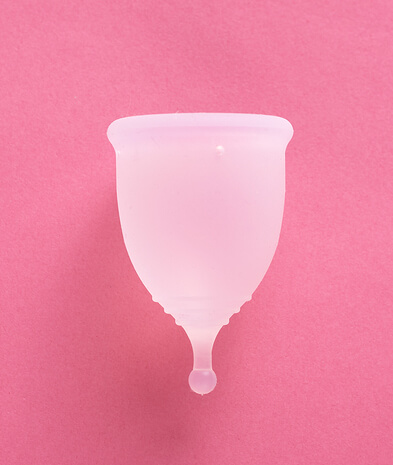
A menstrual cup is a small, flexible cup that’s usually made of silicone. They are typically bell-shaped with some kind of stem, ring, or other “handle” to assist with insertion and removal. You insert the cup into your vagina to collect your period blood.
Once inserted, the cup collects menstrual blood before it exits the body. When full, you simply remove the cup and deposit the collected blood into the toilet. Many women can leave the cup in place for up to 12 hours, even while sleeping. This means less mess, less waste, and –many women claim– less discomfort than pads and tampons.
Advantages to Using a Menstrual Cup
Convenience
Many women claim they are better than tampons or pads. For one thing, they hold a lot more blood than tampons and they don’t dry out the vagina. They aren’t bulky and limiting the way pads can be. Plus, there’s no need to carry tampons and pads with you when you’re on your period.
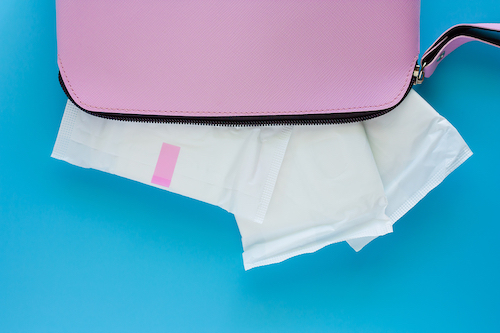
Discreet
Because the cup collects period blood inside the body, there’s no need to worry about odor or leakage. You can even wear it while swimming or engaging in sports.
Healthier for Your Body
Sadly, most tampons and pads contain all kinds of chemicals, like artificial colors, adhesives, bleach, fragrances, and synthetic fibers. Since the vagina is so absorptive, we ought to be more careful about what we put in and around there. On the other hand, menstrual cups are made of non-toxic silicone.
Menstrual cups also don’t carry the risk of toxic shock syndrome like tampons do. Although rare, TSS is a serious infection that can be life-threatening.

Economical and Better for the Environment
It’s simple: Less waste equals money saved as well as environmentally friendly. Menstrual cups range from just $10 – $40 and can last several years if well cared for. Considering that the average woman will have 450 periods in her lifetime, that’s a lot of trash that can be eliminated.
How to Use a Menstrual Cup
Insertion and removal of the cup is easy once you get the hang of it. Some women are a bit squeamish about the process, but with a little practice, it is quick and simple.
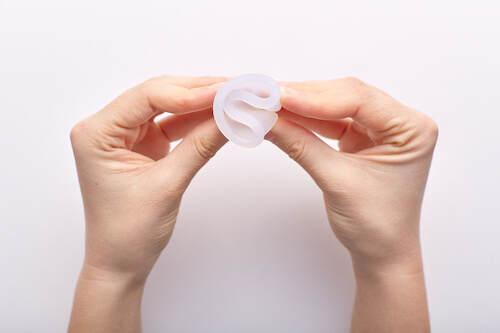
To Insert
- Wash your hands!
- Squish the cup into a ‘C’ shape with your thumb and forefinger.
- Carefully insert it into the vagina. Once inside, it will flex back into shape and seal against the vaginal wall. It rests just below the cervix and collects blood before it leaves the body.
- If the cup fits properly and is inserted correctly, you shouldn’t be able to feel it after a few minutes.
To Remove
- Wash your hands!
- Using your forefinger, locate the stem or ring of the cup.
- Grasp the stem and gently pinch the base of the cup to break the seal.
- Slowly pull the cup out, taking care not to spill the contents. It helps if you are squatting over the toilet or in the shower until you get the hang of it.
Keep it Clean
Ideally, you should rinse the cup before reinserting each time. Just empty, rinse it under the faucet, and reinsert. If you are in a public restroom, this may not be possible. Some women may choose to carry a small bottle of water into the bathroom stall to rinse their cup. If you find yourself without a means of rinsing the cup, go ahead and reinsert, but just make sure to rinse it as soon as possible.
During your period, it’s a good idea to clean your cup with a non-toxic (gentle) soap and rinse thoroughly once a day. At the end of your period, clean and sanitize your cup thoroughly by boiling it in water for about 3 minutes. Then it’s ready to store until next month.

Choosing the Right Cup
Ready to try your first period on the menstrual cup? Here are a few tips before purchasing.
Most cups come in at least 2 different sizes, and it may take some trial and error before finding the one that’s just right for you. A few things to keep in mind when choosing a cup include:
- How heavy your flow is
- Your age
- Physical fitness and pelvic floor tone
- Whether you have given birth vaginally
- Additionally, some women report that the orientation of their uterus plays a part too.
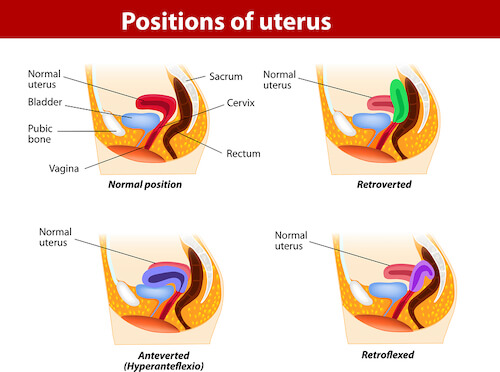
Uterine Position
Most women’s uteruses are tilted slightly forward. However, your uterus may be tilted backward (retroverted), tilted forward with the cervical opening pointed toward the back (retrocessed or anteverted), or tilted backward and folded somewhat toward the back (retroflexed).
Fortunately, even if your uterus is positioned differently than “normal”, you can still use a menstrual cup, but it may take a few tries to find the one that fits your body. Look for a softer silicone and opt for a smaller size. If you find that the cup doesn’t pop into position after insertion, you may need to use your index finger to gently swirl around the vaginal opening to help the cup slip into place and seal properly. Be patient with yourself and try different angles and insertion methods until you get a comfortable fit.
Diva Cup comes in size 0 for girls under 18, size 1 for women from 19-30 with a medium menstrual flow, and size 2 for women over 30 with a heavier flow.
Still a Bit Nervous to Try it?
Using a cup can be a little intimidating at first. But once you get comfortable inserting and removing it, you will never go back to pads and tampons. If you are concerned about leakage, especially while trying to find the best fit, consider wearing Thinx panties with the cup. These revolutionary panties have completely changed the period game for me! The best part is that Thinx don’t feel any different from regular panties. Learn more about Thinx here!
If you’re ready to try them out, use this link to Get a $10 discount on Thinx Panties!

